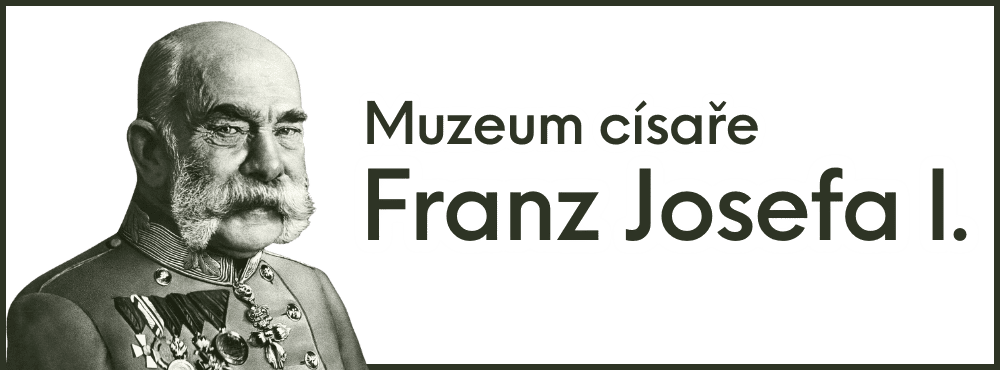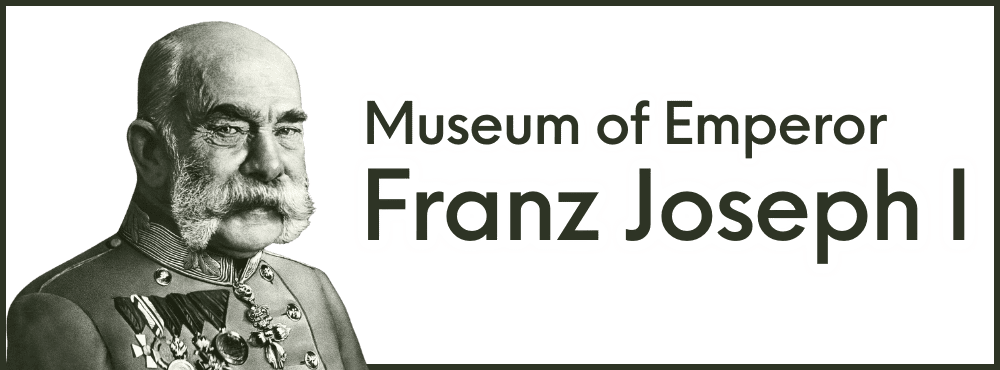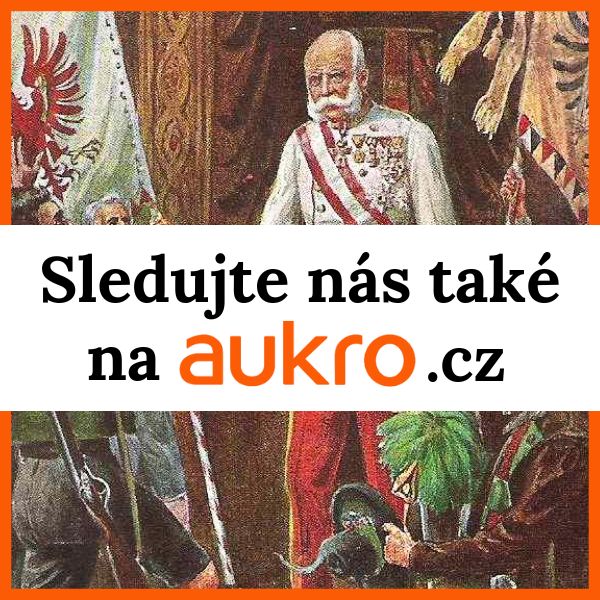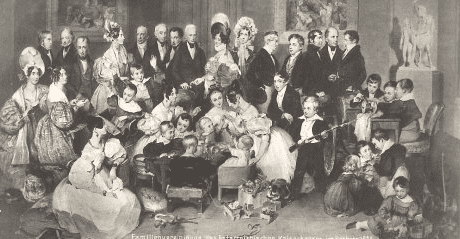SThe famous Habsburg family originates from the territory of today's Switzerland. They chose the name after their Habsburg castle, the year 1100. Count Rudolf was the first to sit on the Roman royal throne in 1273. In 1278, the Roman King Rudolph wins the battle on the Moravian Field, thereby obtaining Upper and Lower Austria for his son Albrecht.
Several times, the Habsburgs try to assert themselves in Central Europe. In 1526, Ferdinand I sat on the Czech throne thanks to his marriage with Anna Jagiellonska, so he has a right to inherit. In 1528, Ferdinand I was appointed King of Hungary and in 1521 King of Rome. He will maintain his rule over Central Europe for 400 long years.
Ferdinand's very capable successor is his son Maximilian II. (1564 – 1576), he maintains a stable Habsburg government through a large number of political compromises and strives for the economic balance of Hungary. In 1548, he married the daughter of his uncle, the Roman Emperor, Charles V, cousin Maria of Spain. The marriage produced a total of 16 children.
Successor, artistically oriented, Rudolph II. (1576 – 1611) from the Spanish court of his uncle Philip II. he brought an above-average education by Austrian standards. He is a contradictory monarch, instead of politics he is interested in art or alchemy. Big disputes with the family, especially with his brother Matyáš, force Rudolf to leave Vienna, and in 1583 he moves to Prague, but he does not have peace there either. Rudolf's unbalanced nature is used by his younger brother Matyáš and forces him to abdicate.
Even the ambitious Matthias is not very lucky in his reign, he has no children with his wife Anna of Tyrol and therefore chooses Ferdinand II as his successor. from the Styrian branch of the Habsburgs. The future ruler limits Matyáš's political influence and comes out harshly against the nobility (Prague defenestration). The General Assembly rejects Ferdinand II. recognized as Czech king, he is therefore declared deposed, in 1619 Fridrich Falcký (1619 – 1621) was elected in his place.
Ferdinand III. je synem Ferdinanda II. a Marie Anny Bavorské. Roku 1625 jej otec nechá korunovat uherským králem, 1627 českým králem a 1636 římským králem. Po násilné smrti Albrechta z Valdštejna, kterého nechal zavraždit Ferdinand II. pro údajnou zradu, se stává roku 1624 vrchním velitelem císařských vojsk. Císařem Svaté říše římské se stává po smrti svého otce (1637).
Ferdinand III has his eldest son Ferdinand IV crowned. under the Czech, Hungarian and Roman kings, but he dies prematurely and Ferdinand's fourth son Leopold takes the throne. After the death of Ferdinand III. Leopold does not easily get to the Roman throne, the longest election of the Roman king, which lasted almost a year, turned out in Leopold's favor and on 18 July 1658 he was elected King of Rome and crowned emperor on 1 August.
The next successor is Josef, son of Leopold and Eleonora Neuburská. As a child, he was already crowned king of Hungary and Roman Germany, but not of Bohemia. In 1705, after Leopold's death, the empire is in a difficult situation, but young Josef is already a capable and educated ruler. A large number of reforms and peace negotiations were interrupted by the sudden death of the monarch (1711).
Thus, the youngest son of Leopold and Eleonora Neuburg ascends the throne. Joseph's brother Charles VI. and becomes Holy Roman Emperor (1711 – 1740). In 1713, after long battles, Charles's allies make peace with an exhausted France and cede the Spanish throne to Philip V (of Anjou or Philip V of Spain). In 1714, as a substitute for the Spanish throne, Charles VI. part of the rich possessions of Spain (Spanish Netherlands) and former Spanish possessions on the Apennine Peninsula. In 1713, Charles VI issued It establishes the pragmatic sanction and succession of the most clear archdom of Austria in the event of the extinction of the male line of the Habsburgs so that the female line receives the succession and further establishes the indivisibility of the Habsburg property.
The death of Charles VI. (20 October 1740) the Habsburg Monarchy dies by the sword, Charles's eldest daughter Maria Theresa ascends the throne and thus becomes the first monarch of the Habsburg lands. Full name Maria Terezia Walburga Amália Kristýna, she married her beloved František Štěpán, Grand Duke of Tuscany on 12 February 1736. The Wars of the Austrian Succession (1740-1748) begin in several stages. The Seven Years' War (1756-1763) follows. On August 18, 1765, Maria Theresa's husband Francis I suddenly abdicated, and after his death, their eldest son Joseph II became emperor. (1765 – 1790) ruled alongside his mother until 1780. He introduced a large number of reforms. During his reign, he issued around 6,000 decrees (abolition of censorship, serfdom, capital punishment). Joseph II died 2/20/1790.
His younger brother Leopold II becomes the second emperor from the Habsburg-Lorraine dynasty. (1790–1792). Leopold II skillfully solves the inherited problems of Josef's reign, but it is hardly enough to stabilize conditions in the country and outside it, he dies unexpectedly on 1 March 1792.
His eldest son František II ascends the throne. his reign is greatly marked by the French warlord Napoleon Bonaparte. 6. 8. 1806, Francis II. he renounces the crowns of the Holy Roman Empire and thus cancels the Roman imperial rank, his rule is thus limited only to the ancestral possessions of the Alpine, Czech and Hungarian crowns, thus he remains only the emperor of Austria. 2. 3. 1835 Francis II. is dying.
In 1835, Ferdinand V, son of Francis II. and Maria Teresa of Naples-Sicily becomes Emperor of Austria after the death of her father. He has the nickname benevolent due to his gentle demeanor. On December 2, 1848, Ferdinand V ceremoniously abdicates the government in favor of Francis Joseph. Francis Joseph I was one of the longest-reigning monarchs in the world, living to the very old age of 86.
Francis Ferdinand d'Este was to ascend the throne. But he was murdered in Sarajevo in 1914. After the death of Emperor Francis Joseph I, Charles became the new emperor. Karel, the eldest son of Archduke Ota and Marie Josefa of Saxony. Karl's grandfather, Archduke Charles Louis of Habsburg-Lorraine, was the brother of Emperor Francis Joseph I. Charles was the last King of Bohemia and Emperor of Austria.



